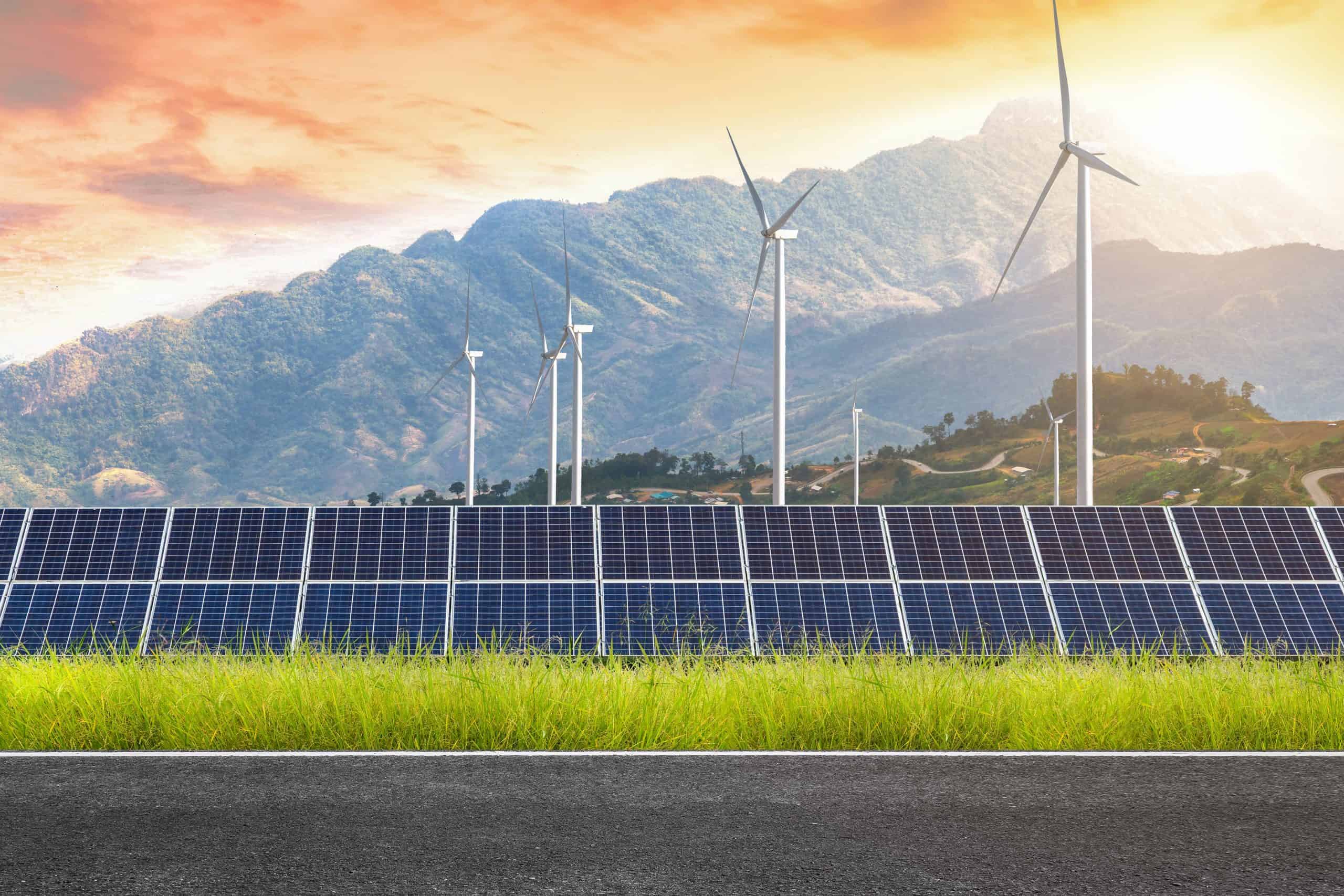Energy Policy explained
What is an Energy Policy?
Your Energy Policy is a guiding document laying out your Objectives & Key Results for energy management. These can be anything to do with energy from reducing energy use or sourcing greener energy to going carbon neutral. Your Energy Policy is a guiding document to inform your staff, and the public, of your desire to manage your environmental impact, and this means it must be specific to your company. Below are 6 points to bear in mind when creating your Energy Policy to make sure you are starting off on the right foot:
1. Top management approval/signature/input
Management needs to be involved in the discussion from as early a stage as possible as you will need their backing to put in place some of the changes necessary to meet your energy goals. A requirement of ISO50001:2018 is that “top management shall demonstrate its commitment to support the EnMS and continually improve its effectiveness…” the specifics of which are laid out in the standard. Essentially it lays out that there needs to be a management representative on the energy team and that management is involved in the creation and continual improvement of the energy policy. Having management involved from an early stage shows all your employees that you are serious about your energy targets and keeps management aware of all of the improvements & changes that are taking place on-site.
2. Set out the framework for your energy objectives and targets
This may sound simple; your objectives are to become more energy-efficient right? However, sometimes you may need to increase your energy costs to reduce your greenhouse gas emissions (by sourcing greener electricity for a higher cost for example). The energy policy should lay out what your goals are and their priority to your organisation so that an increase in costs or energy use is seen in context.
3. The commitment to purchase energy-efficient products where possible
The original purchasing cost of many energy-intensive machines can be a minor amount of its total lifetime cost. By sourcing more energy-efficient alternatives, the extra upfront cost can be made back over the lifetime use of the machine. Setting this belief in your energy policy will raise awareness of the need to look at more than just the original purchasing cost.
4. State that you will comply with all legal requirements
When setting your energy policy, it is important to be aware of any legislation surrounding energy efficiency in your industry. The definition for energy terminology may be slightly different than the standard one you can find online. Setting out in your energy policy that you will comply with all legal requirements will ensure that you and your employees stay abreast of any changes to the legal requirements for energy management that may affect your organisation.
5. Document & communicate it with the organisation
Your employees need to be aware of the new focus on energy management within your organisation. There will be some behavioral changes that will affect their daily work practices so they will need to be informed at an early stage that you will be looking at the energy efficiency on site. Employees can have a lot of great ideas for reducing the energy consumed on-site and so if they are engaged from an early stage you can incorporate these ideas into your plans.
6. Reviewing & updating the energy policy
The energy policy will need to be periodically reviewed and updated as changes occur within your organisation, this review period should be set out to remind everyone of the need for continual improvement in all aspects of the energy management system. The review will cover what the previous objectives were and set out the new ones based on the findings of the review.



